I’d like to share something that happened to me. It’s totally unrelated to photographing nature and wildlife but I think you’ll find that it’s relevant not only to nature photography but almost anything in life.
I was driving home the other night and decided to stop at a convenience store in a couple of towns away from my home to get something to drink.
A young woman was working the register and looking rather bored, scanned my items which totaled $4.85. I handed her a $20 and she punched it in as $5.
Now I wasn’t too worried because she knew that I had given her $20 because she said “out of twenty” when I handed it to her. However because she punched it in as $5, the register said I was only owed $.15.
She pulled out a dime and a nickel then started pulling out bills. A ten, a five, and then three ones for a total of $18.15. She looked at the bills and then grabbed another dollar for a total of $19.15 in change. She fanned out the money and looked at it for a minute then took one dollar and put it back. Now we were back down to $18.15. She still wasn’t sure if that was right or not and her free hand started drifting back towards that dollar she had just put back in the register.
Finally, she pulled out her phone, opened up a calculator app, and figured out that the correct change was $15.15. She put the extra dollars back and handed me my change
As I was walking out the door, two thoughts occurred to me. The first was that I wasn’t shocked that she couldn’t make change without the help of a calculator because we as a country don’t really teach much of anything to our young people anymore. Cash registers have pictures of products or scanners to scan bar codes. They don’t teach long division in school, how to write in cursive, or even how to tell time on a clock with hands. I had a kid ask me what time it was and they had no clue what “quarter to five” meant.
The second thought that occurred to me was that she’s perfectly ok with not knowing how to make change without the help of technology. She isn’t interested in holding herself to a higher level of expectation for the job she’s doing.
When it comes to photographing nature and wildlife, we should have a higher level of expectation in everything we do. Not for society, but for ourselves as artists. We shouldn’t strive for mediocrity and be satisfied when we achieve it. The bar needs to be constantly raised and no matter how stoked we are about a shot, there needs to be a little voice somewhere in our head asking how can we make it even better next time.
Take Everything Out of Auto Right Now!
Every digital camera I own today will do everything in auto except compose the shot and hit the shutter button.
There are a lot of people who are totally fine with taking the camera out of the box as is and going out to photograph nature.
The first thing I do when I get a new camera is to figure out how to turn everything that is in auto to manual.
Focus, aperture, shutter speed, white balance audio, it all goes into manual. I don’t want the camera to make any choices on its own.
Why don’t I want the camera to make any choices? Two reasons really. The first is because shooting with everything in auto, you’ll get a good result. That’s it, just good. Sometimes you may luck out and get a great result, but the purpose of auto is to get you a good average image. It’s kind of like Goldilocks, it won’t make a shot too dark or too light, it’ll be “just right”. It won’t make a scene look to warm or too cold, it’ll make it again, “just right”.
So if you want that shot to be a little cooler because it’s winter and you want to make the shot look cold, you need to manually adjust the white balance.
The second reason to put everything in manual is that you may run into a situation where auto doesn’t even give you “good”, it may just be downright bad. I’ve seen cameras in autofocus that just searched back and forth trying to lock in on something but just couldn’t do it. I’ve seen incredible sunsets less vivid because auto white balance tried to balance out all the reds and oranges. So if you run into a situation where auto can’t cut it and you don’t know how to make the manual adjustments, that incredible scene will only live in your memories and you’ll be left with telling people how amazing that situation was instead of showing it to them.
Care About what You Do
It was pretty easy to see that the convenience store clerk wasn’t invested in the job. It was a paycheck and she wasn’t interested in doing the job better.
If all you care about is making money and fame, chances are you’ll fail. You won’t care about your subjects and you certainly won’t care about other photographers and filmmakers.
When you shoot for dollars it’s easy to throw ethics out the window. When you do that, you end up losing in the end.
I saw two videos recently taken with drones harassing animals. One was chasing a great blue heron, the other a horse. Every time the drone would get close, the animal would run away and the drone would chase after it until it ran again. This happened for several minutes.
I quickly pointed out that this was harassment and in the case of the heron, certainly illegal. I was blown off by both of the people who posted the video. One said because the heron landed after being spooked it clearly wasn’t be harassed. The one that shot the horse footage said that the horse was very pampered and had a great life so it certainly wasn’t harassed either.
Neither one cared about the animal, they were after comments about how awesome their footage was.
Learn From Your Mistakes
When I come back from photographing in the field I like to take the time to study the images that didn’t turn out as I had hoped. In a way, they’re more valuable to me than the ones that turned out great.
By studying those “bad” images I figure out where they went wrong. Was my composition just bad, did I not get the exposure right, did I just not get sharp focus? The more I study those images, the less likely I am to duplicate those mistakes in the future.
If you truly want to capture nature and wildlife, don’t settle for what the camera decides for you.
There are times and places where shooting in auto is necessary, but if you don’t know what the camera is telling you how will you know if you should take control and make the changes that will take your images from ok to amazing?


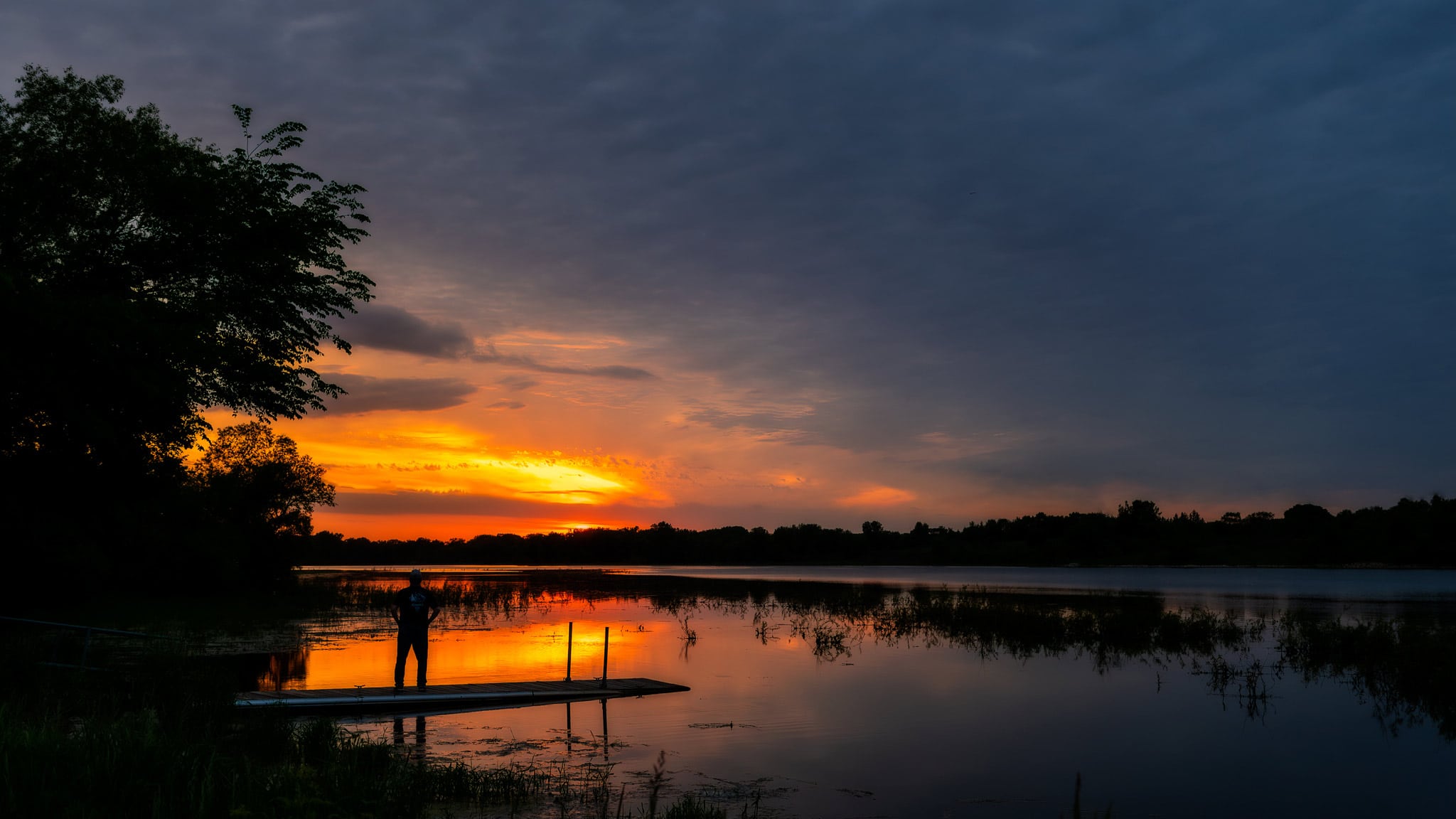
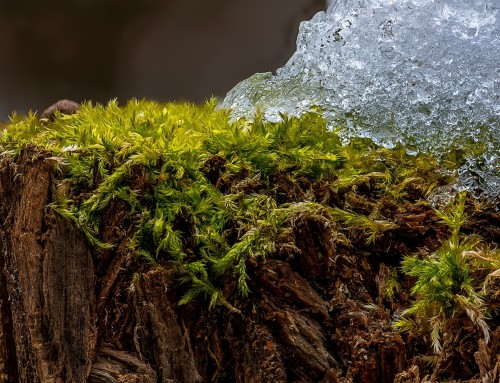

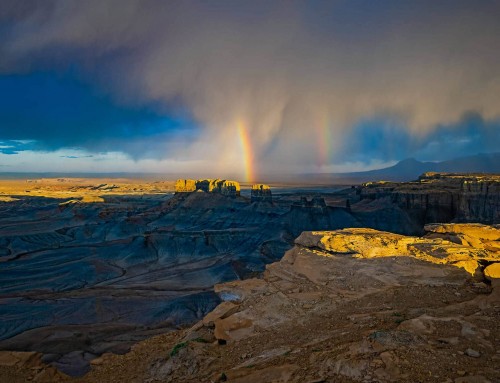
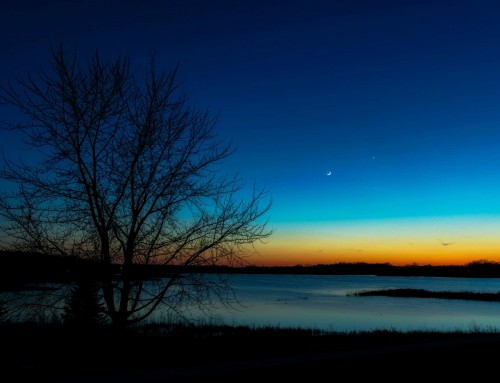
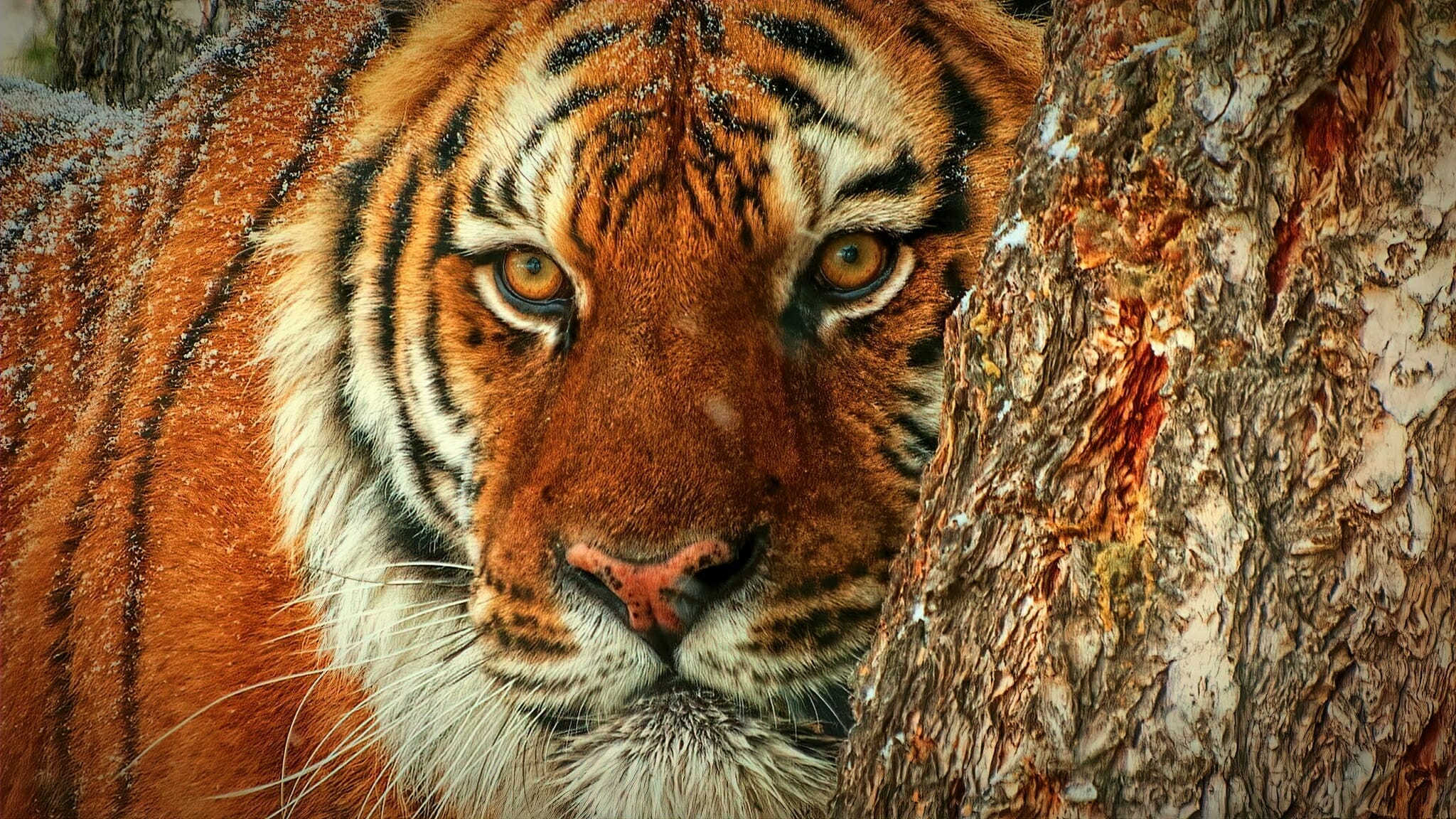
Leave A Comment
You must be logged in to post a comment.